There are 251 bird species known to have occurred in this re- gion that are listed on the current checklist of Cariboo Chilcotin Birds (WLFN). Of these about 200 are of regular occurrence with about 190 known to breed annually.
The list of birds below are five of those species that you may be seeing a lot more of, and one that may not be around for too much longer.
1. Bobolink
Despite the dapper black, gold and white appearance and bubbly song, the Bobolink is not a well known bird. It is a long distance mi- grant travelling from its wintering areas in Para-guay and Argentina to the breeding grounds in N. America. Preferring grasslands and with B.C. and the Cariboo in particular at the very margins of its range. Despite that, it is quite easy to find in the right habitat once it returns, usually in the second or third week in May. Mission Road in 150 Mile House is one of the best places to see and hear this bird.
Unfortunately for the Bobolink its habitat is often valley bottom hayfields usually with damp and sedgy areas where these birds nest on the ground.They are somewhat colonial with several pairs often breeding closely. During their courtship and territo- rial display, the males will rise up from the ground and circle to- gether giving their distinctive song before settling down to perch usually on a slender stem of grass.Nesting and rearing young can often coin- cide with haying when destruction of the nests is a real danger. They are unlikely to attempt to nest again if the nests are destroyed after early July.Birds usually depart the area by early to mid August. Overall, populations are declining due to habitat loss on their wintering grounds and at the centre of their breeding range on the Prairies.

2.White Throated Sparrow
The White-throated Sparrow is an iconic bird of Eastern Cana- da where its ‘Oh Sweet Canada, Canada, Can- ada’ song is known and loved by many and is often considered one of the first signs of Spring. It breeds across the Bo- real Forests of Canada and had a southerly breeding occurrence in BC at about the latitude of Prince George.In the last 10 to 15 years, the range of this species has been creeping steadily south with summer sightings moving down the Cariboo Mountains and more recently extending across the Fraser River into the Chilcotin region, particularly the Becher’s Prairie area where it can now be found singing at the edge of recent burns. It was recorded nesting in the Williams Lake River Valley in 2019.
3. Turkey Vulture
Another species that was very unusual in the Cariboo 20 years ago is the Turkey Vulture. On the 1992 checklist of Cariboo Birds, there were only three records. Since 2001 numbers have been increasing to the point where today although still considered uncommon can be found in the drier areas particularly along the Fraser River where it can be seen most days. in ‘kettles’ sometimes numbering up to 15 to 20 birds.
4. Eurasian Collared Dove
This bird was first recorded in the Cariboo in 2008 and can now be found year round with 59 recorded on the 2018 Williams Lake Christmas Bird Count. This species has shown a dramatic increase since it spread to Florida from an introduced population in the Bahamas in 1974. It has now colonized all but the NE corner of the continent.The populations are still growing in the Cariboo and it remains to be seen what effect this may have on native species such as the Mourning Dove.
5.) Lazuli Bunting
This bunting is a quietly spectacular bird with a dark blue back and head and robin red breast. It can be found in the drier areas of the Cariboo particularly on warm south facing slopes in aspen groves or mixed open forest.
At the periphery of its range and once considered a rare find in our area, this species has increased in recent years and expanded northwards. Look for this bird in the Williams Lake River Valley.
Article by Phil Ranson
For more information visit Williams Lake Tribune

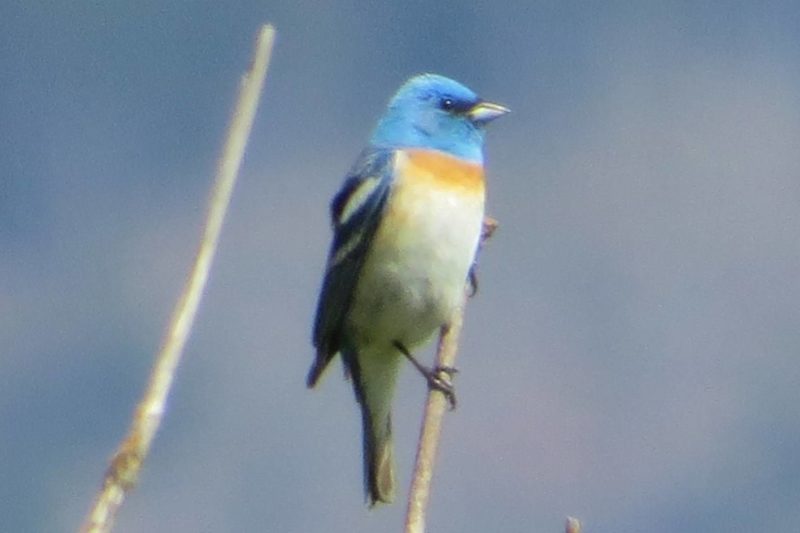
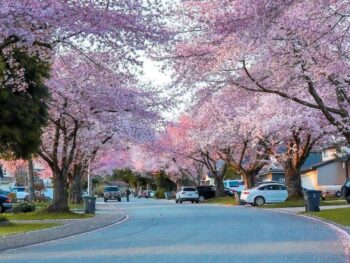


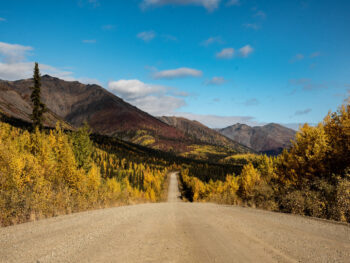
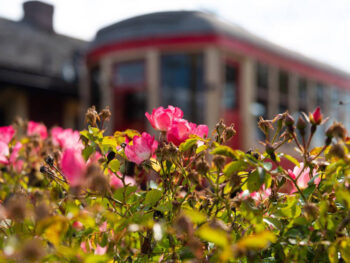
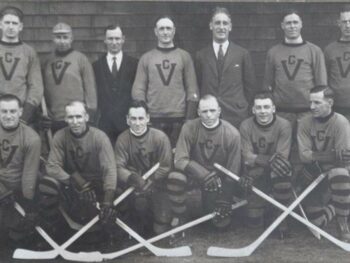


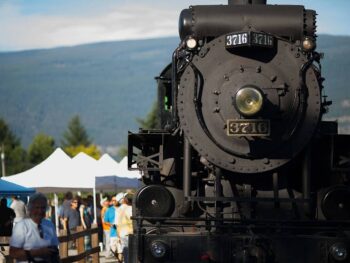
 Choose your Cariboo Chilcotin Heritage road trip
Choose your Cariboo Chilcotin Heritage road trip